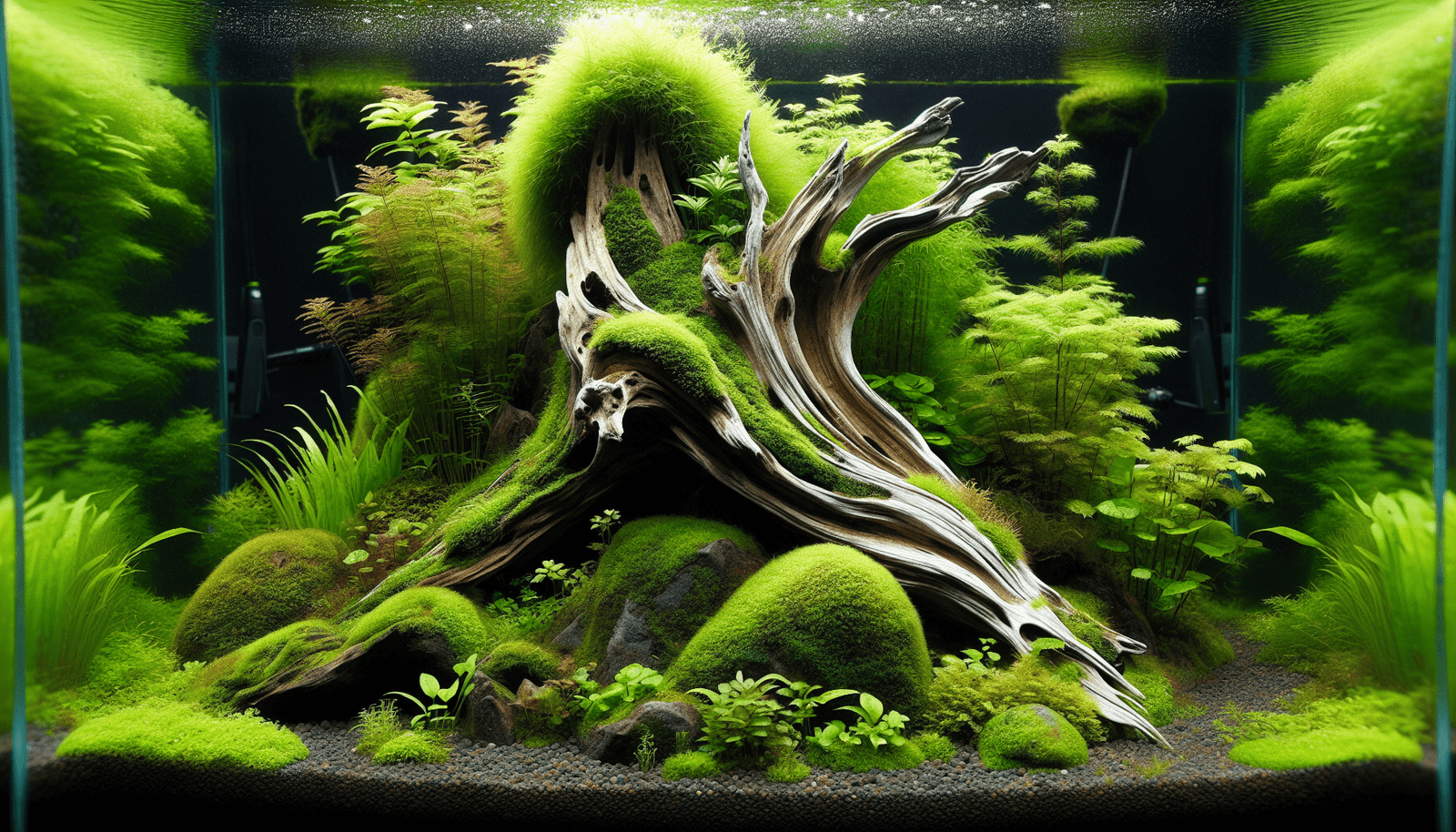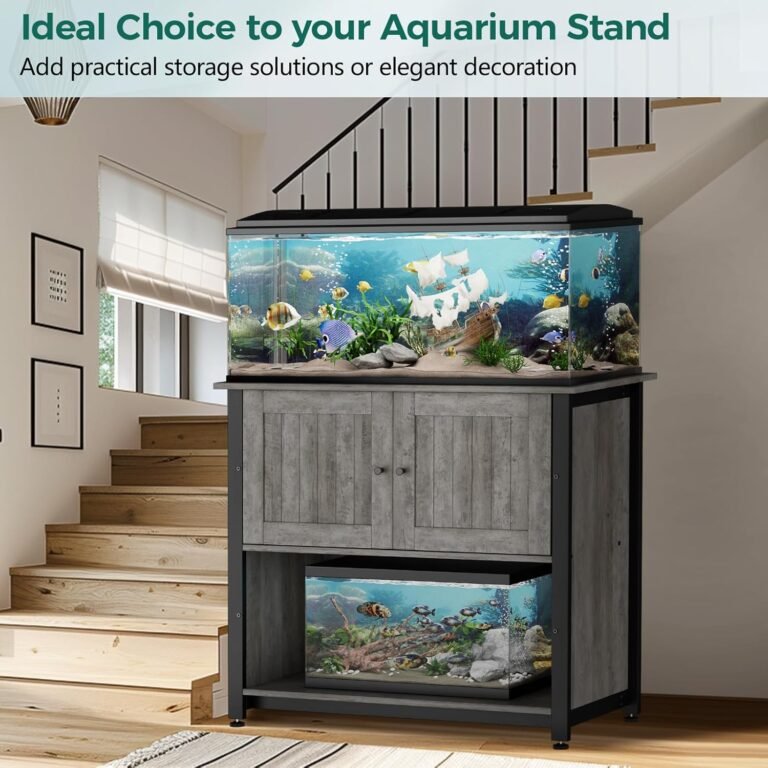Dive into the mesmerizing world of Japanese aquascaping, where underwater gardens come to life with beauty and precision. In this article, you’ll learn about how this unique art form began in Japan many years ago and how it has grown into a popular hobby today. Discover the special techniques and tools used to create these tiny, magical landscapes inside aquariums. You’ll also explore different styles and how they’ve changed over time, as well as which plants and fish are favorites among aquascapers. Finally, we’ll peek into the future to see where this enchanting hobby is heading and what new trends might emerge. Have you ever wondered how beautiful underwater worlds are made inside fish tanks? Today, we are going to uncover the secrets of Japanese aquascaping. You might think this is about putting plants and fish in a tank, but it’s so much more than that! It’s like painting a picture, but with living things like plants, rocks, and yes, fish! These underwater gardens can be simple or very detailed, and they always look like little slices of nature.
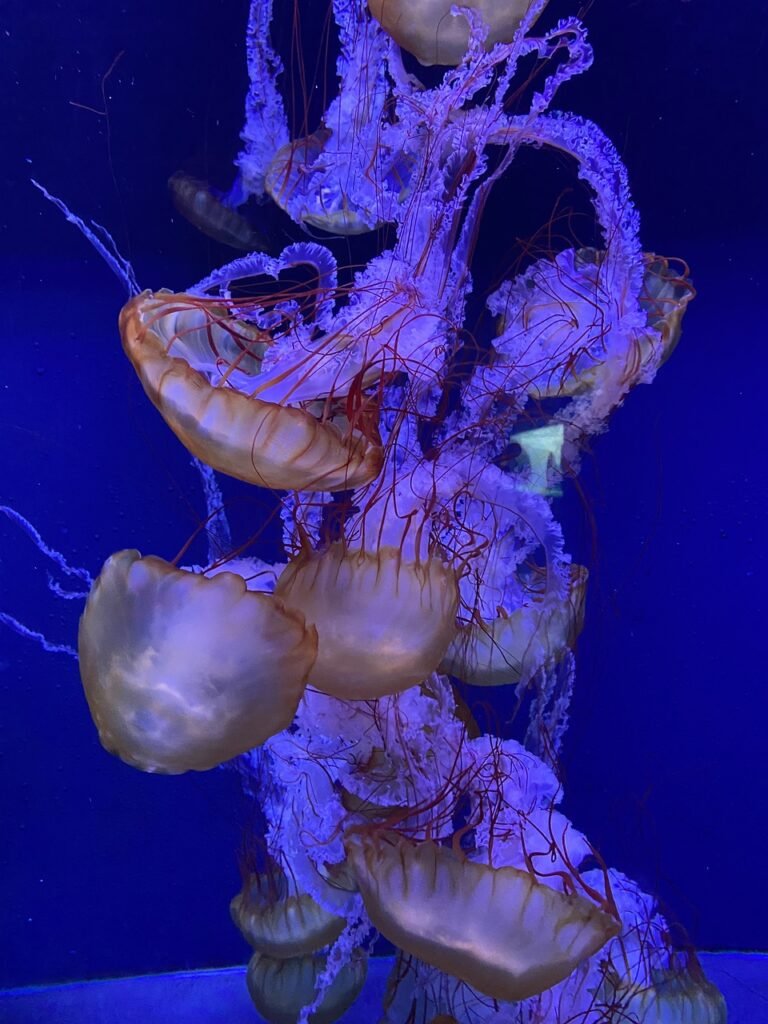
Overview
Aquascaping is a magical word that means the art of arranging aquatic plants, as well as stones, cavework, or driftwood, in an attractive manner within an aquarium. Japanese aquascaping, in particular, has a special kind of beauty that makes people say “Wow!” when they see it. This art form is not just popular in Japan, but all over the world. So, let’s dive into this fascinating topic!
Thesis Statement
In this article, we’ll explore the secrets of Japanese aquascaping and understand how you can create your own underwater paradise. From its history to current trends, key concepts, and future directions—this will be your complete guide to making aquariums that look like art.
Historical Context
Japanese aquascaping started with a man named Takashi Amano. He was a famous nature photographer who wanted to bring natural beauty inside homes. So, in the 1990s, he started designing aquariums that looked like mini versions of natural landscapes. He used plants, rocks, and wood to make these tanks look like real-life scenes from forests, mountains, and rivers. This style became very popular and many people around the world started making their own aquascapes.
Current Trends
Today, Japanese aquascaping keeps growing and changing. People love making tanks that look like tiny worlds. Some have themes like tiny forests, waterfalls, or even underwater mountains. There are also competitions where people show off their amazing tanks, and these events inspire more people to start aquascaping.

Key Concepts and Definitions
Before we dive deeper, let’s understand some important words you’ll come across in Japanese aquascaping:
- Aquascape: This is the picture or design you create inside the aquarium.
- Substrate: This is the material (like soil or sand) that you put at the bottom of the tank for plants to grow.
- Hardscape: This includes all the non-living things like rocks and wood that you place in the tank.
- Foreground, Midground, Background Plants: These are plants you place at different levels in the tank to give depth and make it look like a real landscape.
Types of Aquascapes
There are different styles of Japanese aquascaping that you can try:
- Iwagumi: This style uses mainly rocks to create a serene and peaceful scene. The word “Iwagumi” means “rock formation” in Japanese.
- Nature Aquarium: This style is all about mimicking nature. It uses a mix of plants, wood, and stones to create a natural-looking scene.
- Wabi-Kusa: This is a mix between a traditional potted plant and an aquascape. Plants grow on a small ball of soil that can float in the water.
Detailed Exploration
Now, let’s break down the steps to create your own Japanese aquascape!
Step 1: Planning Your Design
The first thing you need to do is plan your design. Think about what kind of scene you want to create. Do you want a peaceful rock garden or a lush forest? Sketch out your ideas on paper first. This will help you picture how everything will look in your tank.
Step 2: Choosing Your Tank and Equipment
Next, you need a tank. There are different sizes, but starting with a small to medium tank is fine for beginners. You also need:
- Lighting: Plants need light to grow, so you’ll need a good light source.
- Filtration: This keeps the water clean for your plants and fish.
- CO2 System: Some plants need extra carbon dioxide to grow well.
Step 3: Setting Up the Substrate
The substrate is very important because it’s where your plants will root. Make sure you pick a substrate that matches the plants you want to grow. Spread it evenly at the bottom of the tank. You can create slopes to make it look more natural.
Step 4: Arranging the Hardscape
Now comes the fun part—arranging the hardscape! Place your rocks, wood, and other decorations in the tank according to your plan. This will create the structure for your plants. Make sure everything is stable and won’t fall over.
Step 5: Planting
Now it’s time to add your plants. Place different plants in the foreground, midground, and background to create depth. Start with the larger, background plants, then add smaller ones in the midground and foreground.
Step 6: Adding Water
Very carefully, start filling your tank with water. Use a small dish or plate to pour the water onto, so it doesn’t disturb your plants or substrate too much.
Step 7: Adding Fish (Optional)
If you want, you can also add fish after a few weeks. Make sure the tank is stable and the water is clean. Fish not only add to the beauty but also help keep the tank healthy by eating algae.

Example 1: Takashi Amano’s Nature Aquarium
Takashi Amano’s Nature Aquariums are world-famous. He used a mix of plants, stones, and wood to create tanks that looked like real landscapes. One of his most famous tanks, called the “Iwabi Forest,” looks just like a tiny forest under the water. It has a variety of plants and wood arranged to look like trees and bushes. This tank is a perfect example of how you can bring the beauty of the outdoors into your home.
Example 2: A Beginner’s Iwagumi Tank
Let’s look at a simpler example for beginners. An Iwagumi tank uses just a few rocks and some simple plants like grass. You arrange the rocks to create a peaceful scene. Even with just a few elements, it can look very beautiful and calming.
Comparison of Different Perspectives
Some people like complex aquascapes with lots of plants and decorations, while others prefer simple tanks with just a few elements. Both are beautiful in their own way. Complex tanks require more care and maintenance, but they offer a rich, detailed scene. Simple tanks are easier to manage and have a calming, minimalist beauty.
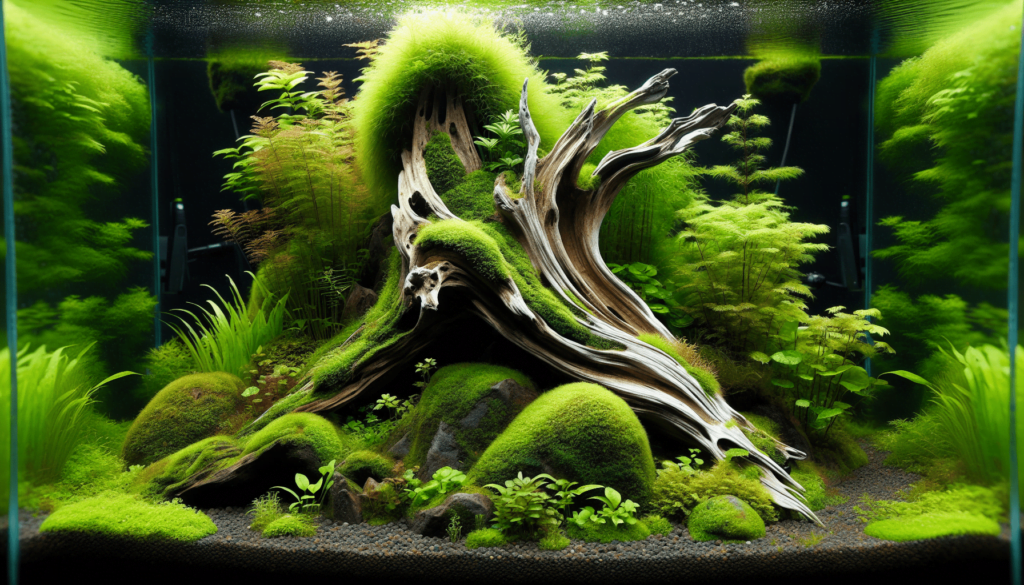
Impact Assessment
No matter which style you choose, Japanese aquascaping has a significant impact. It is a hobby that combines art and nature, and it can teach you a lot about both. People who practice aquascaping often say it helps them relax and feel closer to nature. Plus, having a beautiful tank can brighten up any room and make it feel more peaceful.
Future Directions and Implications
Predictions
In the future, we can expect more innovations in aquascaping. New plants, better equipment, and creative new styles will keep pushing the boundaries of what’s possible. More people might start aquascaping as a way to bring a bit of the outdoors inside.
Implications
Japanese aquascaping has wider implications. Schools could use it to teach kids about ecosystems and the environment. Hospitals might use it to create calming spaces for patients. And for you, it can be a fun and rewarding hobby that brings beauty and relaxation into your life.
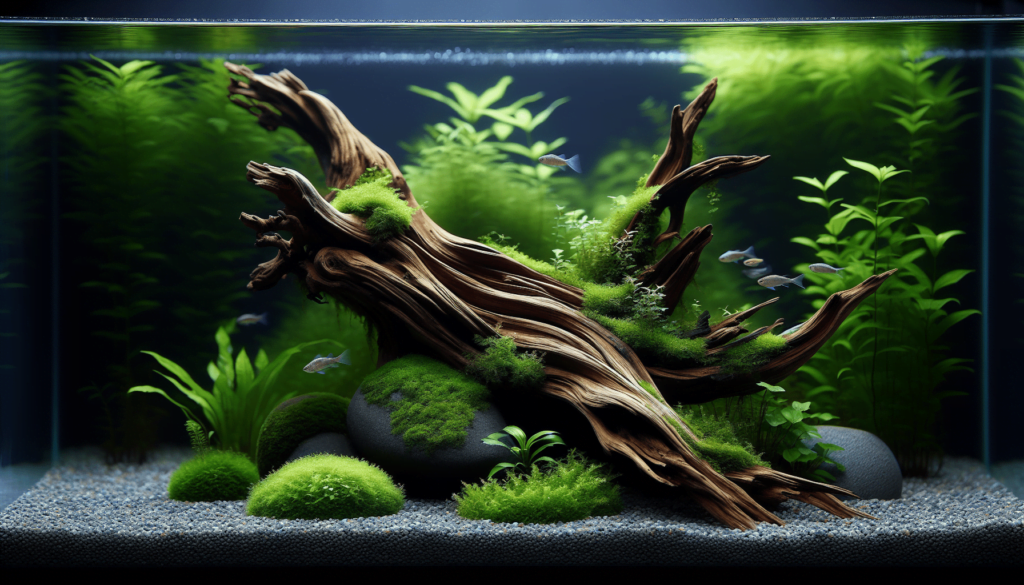
Conclusion
Recap
We’ve explored the amazing world of Japanese aquascaping. You learned about its history, key concepts, and how to create your very own underwater garden. Whether you choose a complex Nature Aquarium or a simple Iwagumi tank, you now have the knowledge to create something beautiful.
Final Thought
Next time you see an aquarium, think about the art and science that went into creating it. Maybe you’ll get inspired to start your own aquascaping journey. What kind of underwater world will you create?
Engagement
We’d love to hear your thoughts! Have you ever tried aquascaping? What styles do you like best? Feel free to comment and share your ideas or photos of your tanks. Happy aquascaping!
Credible Sources
- Amano, T. “Nature Aquarium World” Books 1-3.
- ADA (Aqua Design Amano), Website
- “Aquascaping: A Step-by-Step Guide,” The Aquarium Guide.
- “The Art of the Planted Aquarium,” Tropical Fish Hobbyist Magazine.
